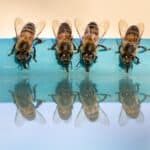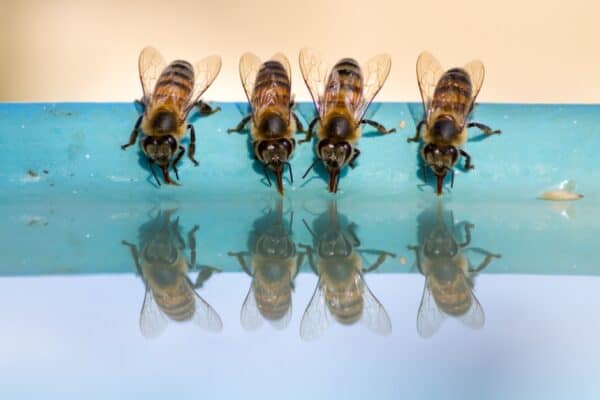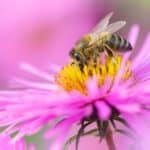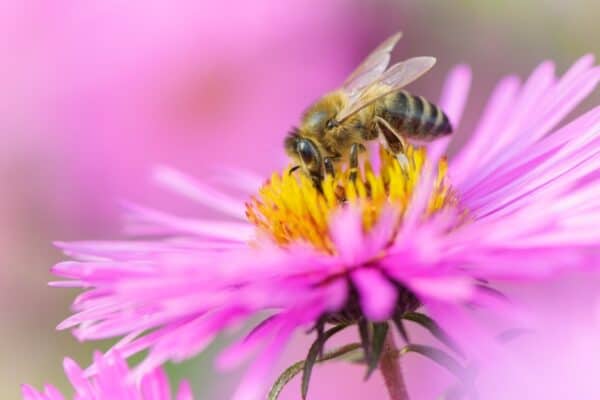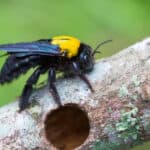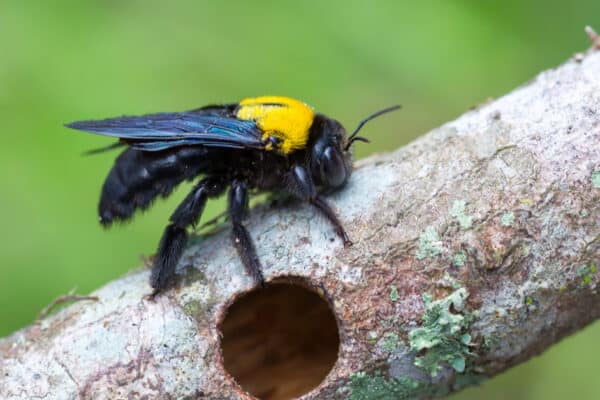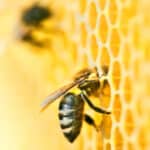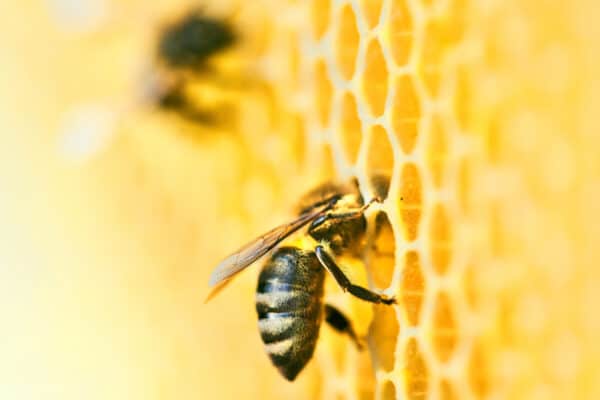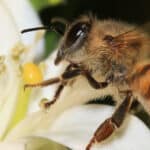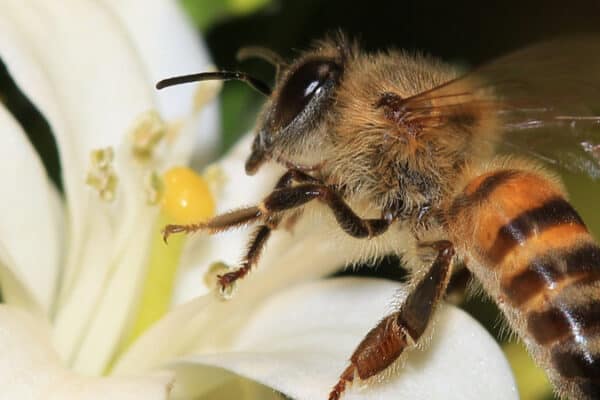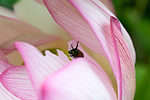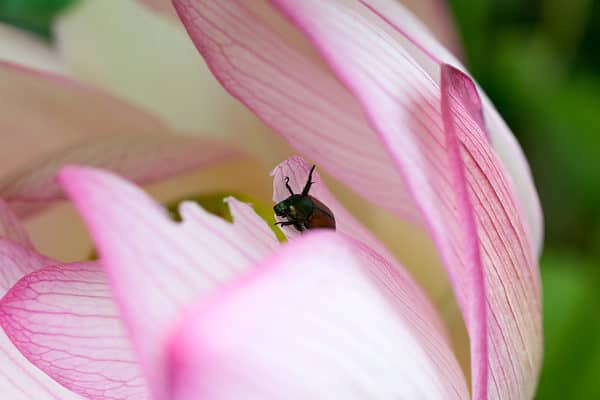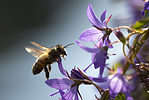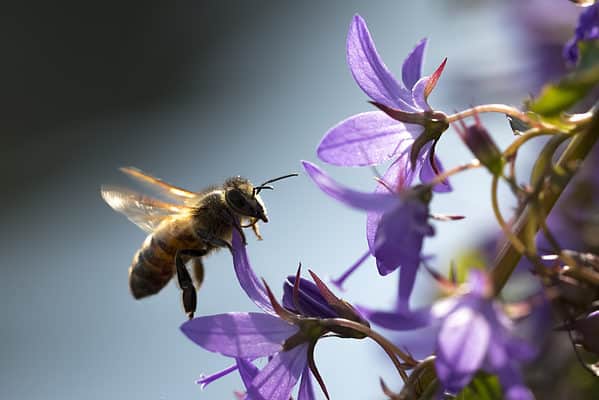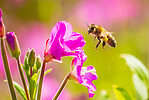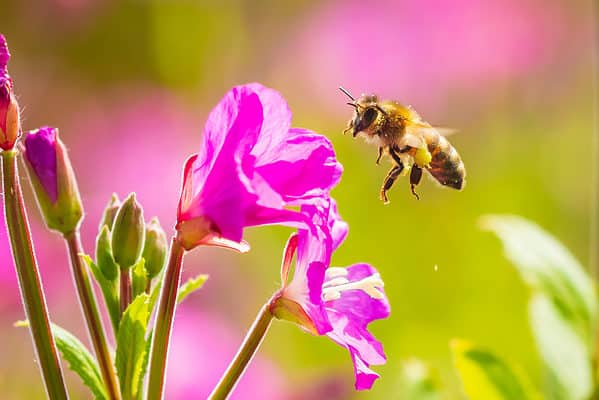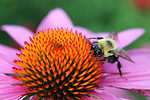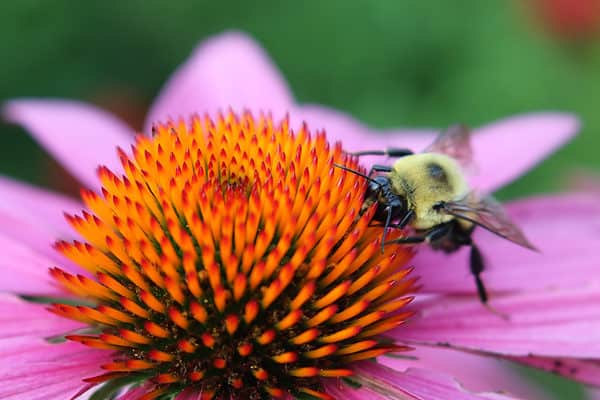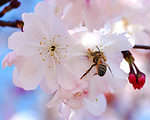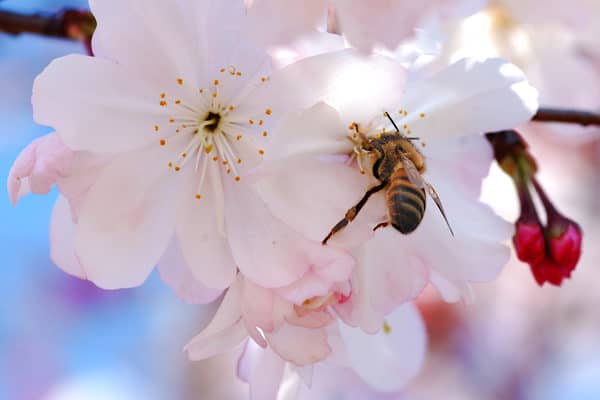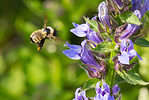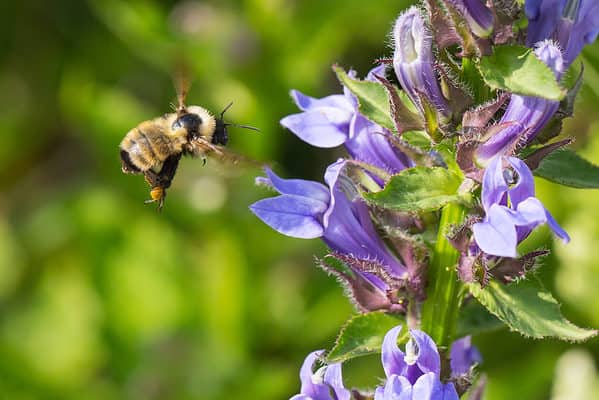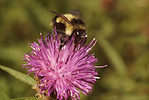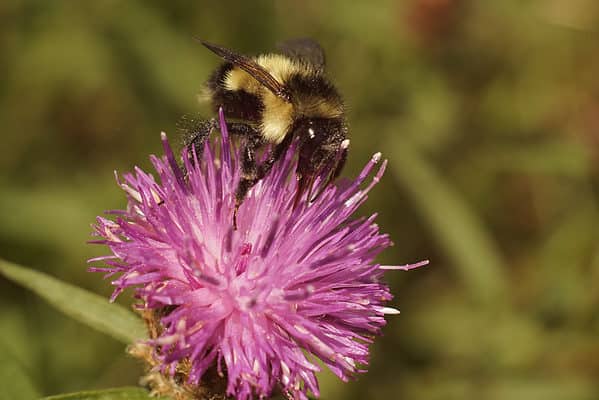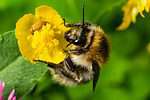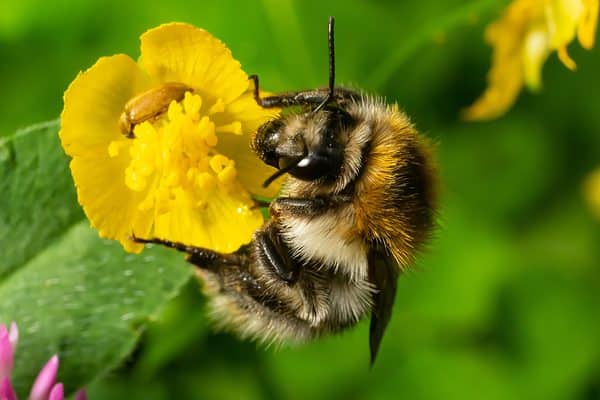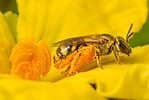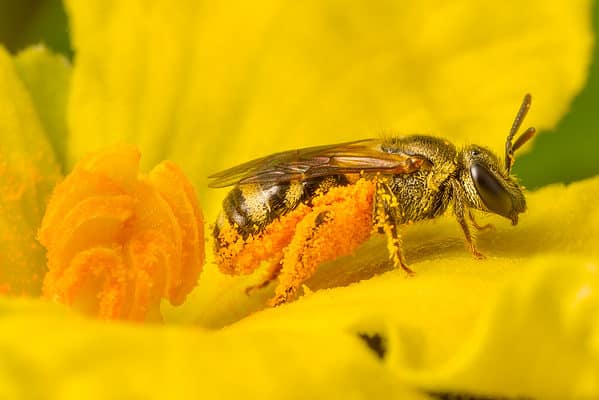Welcome to the bee quiz!
Bees are an essential part of our ecosystem and play a crucial role in pollination, which helps to fertilize plants and keep our food supply healthy. They come in a variety of shapes, sizes, and colors, and each species has its unique traits and characteristics.
Whether you’re a bee enthusiast, a nature lover, or simply curious about these fascinating insects, this quiz is the perfect way to test your knowledge.
Get ready to buzz through a series of fun and educational questions about bees, and see just how much you know about these incredible creatures!
The Importance of Bees
Bees play a crucial role in our ecosystem, serving as pollinators for many of the plants that provide us with food and other resources. In fact, it is estimated that one-third of the food we eat depends on pollination by bees and other insects. This makes bees an important part of our food supply, as well as the health of our environment.
Bees are also responsible for pollinating a variety of other crops, including fruits, vegetables, and nuts, as well as plants used for fiber, medicine, and other products. This makes bees an essential part of our economy, with the value of pollination services provided by bees estimated to be worth billions of dollars globally.
In addition to their role as pollinators, bees are also important indicators of the health of the environment. The decline in bee populations in recent years is a cause for concern, as it may indicate a larger problem with the health of our ecosystem. Bees are sensitive to changes in the environment and their decline can be a sign of environmental stress, such as pollution, habitat destruction, and the use of pesticides.
Unfortunately, bee populations have been declining in recent years due to a number of factors, including habitat loss, pesticide use, disease, and climate change. This has raised alarm bells among scientists and conservationists, who are working to understand and mitigate the causes of bee decline.
Bee Behavior
Bees are fascinating insects that have complex social structures and behaviors that have evolved over millions of years. From communicating with each other to caring for their young and working together to gather food, bees have a range of fascinating behaviors that make them unique among insects.
One of the most well-known behaviors of bees is their ability to communicate with each other. Bees communicate through a series of dances, which they use to communicate the location of food sources and other important information to other bees in the colony. The dances are performed on the surface of the comb and are used to communicate the direction and distance of a food source.
Another important behavior of bees is their division of labor. Within a bee colony, different bees have different roles, such as foragers, nurse bees, and queen bees. These roles are determined by the age of the bee and the needs of the colony, and they help to ensure that the colony functions smoothly and efficiently.
Interesting Related Articles:
Check out these articles:



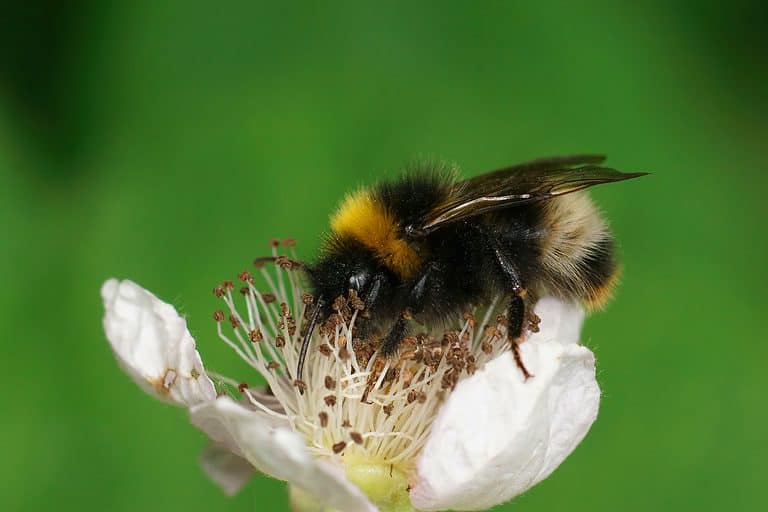
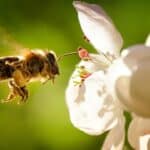
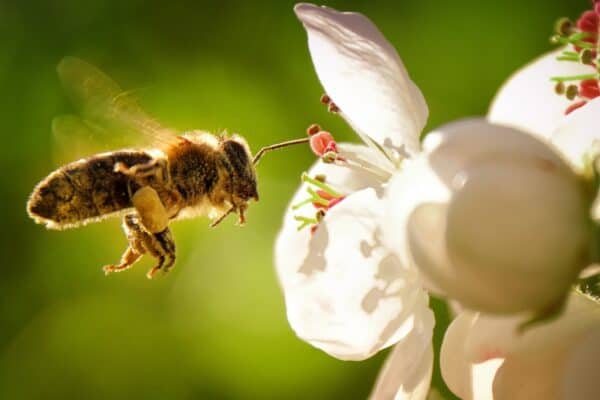
 iStock.com/SusanneSchulz
iStock.com/SusanneSchulz